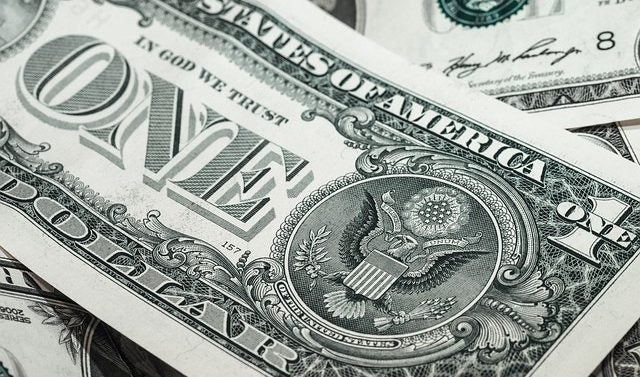Pilot programs produced a mixed crop
Published 6:00 am Saturday, April 11, 2020
|
Getting your Trinity Audio player ready...
|
U.S.-planted hemp acreage soared to a 75- year high in 2018, but it hasn’t all been smooth sailing, according to a recent U.S. Department of Agriculture report.
In the USDA’s review of state pilot programs for hemp production introduced under the 2014 Farm Bill, industrial hemp acreage increased from zero in 2013 to more than 90,000 acres in 2018—the most since 1943.
While some benefited from the boom, the review also identified challenges many programs faced as hemp made its return to fields after a 45-year hiatus.
Challenges of pilot programs included a lack of data and information on the crop, the inability to acquire production inputs and credit, an inconsistency of state requirements and the need to secure state legislation that allowed production.
“From an agronomic perspective, there isn’t a whole lot of documented research that provides information to producers about issues like pest control, post-harvest handling and storage, weather implications, and practices relative to controlling THC content,” Tony Banks, senior assistant director of agriculture, development and innovation for Virginia Farm Bureau Federation, said.
Banks added that uncertainties in production regulations from the USDA and a delay in U.S. Food and Drug Administration approval of CBD as a food additive and dietary supplement have hampered producers’ ability to market their crop. Additionally, the sudden increase in production and lack of processing opportunities have led to a saturated market.
“The downside of this increase in acreage is that supply has suddenly outstripped demand for product,” Banks said. “The upside is farmers are eager to grow this crop and begin learning how to grow it despite numerous uncertainties.”
The report determined that hemp’s long-term economic viability will be shaped by competition from other crops and global markets, market information and transparency, and the evolution of regulations. Banks said it could be years before the hemp industry sees a transparent, disciplined market.
“This is still a very new and fluid market, and it will remain volatile for quite some time,” he said. “Going forward in 2020, if you’re going to enter this business, get a contract, do your due diligence with the business you’re contracted with, and don’t invest more money than you’re willing to risk.”





